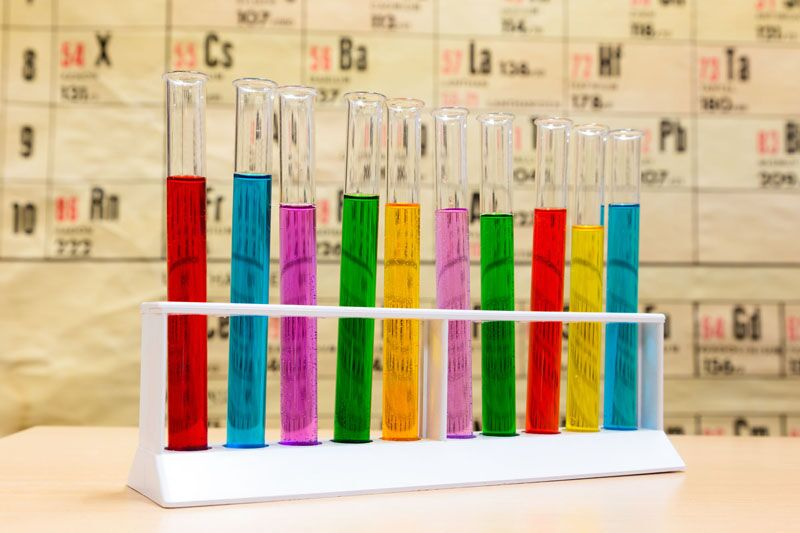
Per- and Polyfluoroalkyl substances (“PFAS”) are a class of synthetic chemicals found in many everyday products, such as clothing, carpets, furniture fabrics, firefighting foam, adhesives, paper packaging for food, and heat-resistant/non-stick cookware.
Unfortunately, such chemicals are found to be toxic. PFAS are very long-lived, which means that they remain in the environment and in humans and wildlife for a very long time. Health effects linked to PFAS include kidney and testicular cancers, hormone disruption, thyroid disease, reproductive disorders, infertility, low birth weights and even resistance to vaccines.
People are exposed to PFAS by food that has been stored or cooked in materials containing PFAS, eating contaminated fish and shellfish, or by drinking contaminated water. Use of other products like carpeting, clothing, packaging materials containing PFAS, personal care products, and others can expose our skin to the chemicals.
People who live near PFAS production facilities or places where PFAS-containing firefighting foams were used are at higher risk of exposure from groundwater contamination. PFAS containing fire-fighting foam is a significant source of groundwater contamination--high levels of the contaminants from fire-fighting foam were discovered in 2017 in well water near a naval landing field in Chesapeake, VA.
Elected and appointed officials need to work toward a health-based limit on PFAS chemicals in products and drinking water, and promote policies that help communities to clean up contamination and hold polluters accountable.
